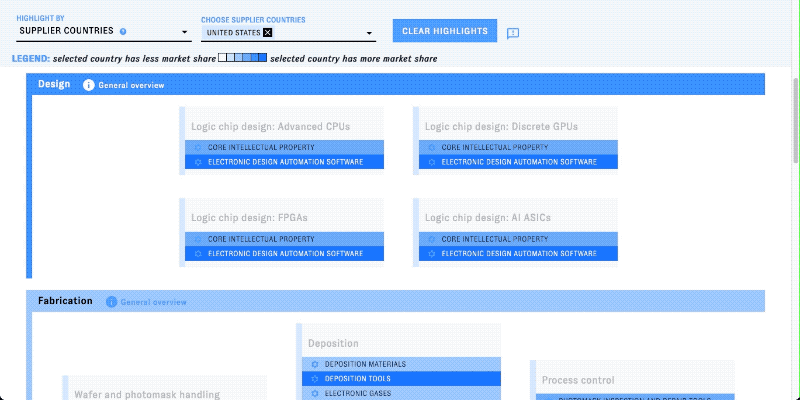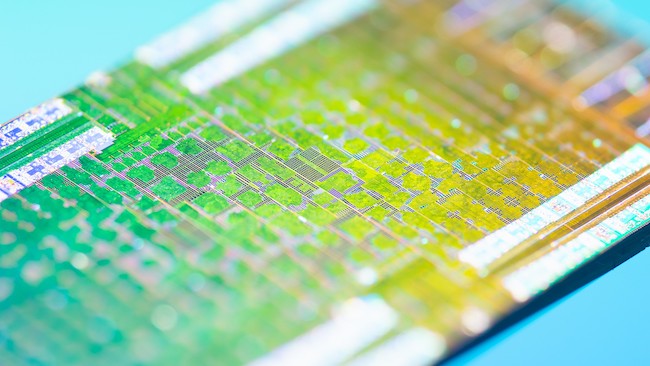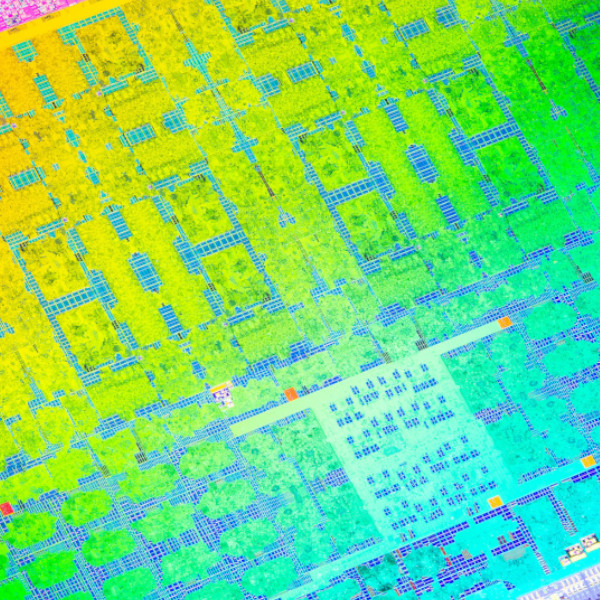The supply chain for advanced computer chips is vast and complex. When you want to dive in and explore, ETO’s Supply Chain Explorer is your handy guide. But sometimes, you just need the top line. Here are ETO’s top five takeaways from using the Explorer.
1. Advanced chips are a truly global product.
No surprises here: it takes a whole world to build something as intricate and sophisticated as a cutting-edge logic chip. The Supply Chain Explorer offers only a high-level view of the supply chain, but even in that simplified view, many different countries and companies have a role to play. The Explorer currently tracks 274 companies spread across North America, Europe, and East and Southeast Asia.
2. No one country is self-sufficient, but many dominate individual links in the chain.
For all the talk in global capitals about self-reliance in advanced chips, a glance at the Explorer shows how far even the wealthiest nations have to go. That said, some countries do enjoy strategic positions, leading in or even monopolizing key inputs and processes in the advanced chip supply chain. When you apply the "Supplier Countries" highlighter to the Explorer, the brighter shades can help you spot these “chokepoints” at a glance:

3. The United States has a strong position, but can’t go it alone.
If the global chip industry must have a leader, the United States has a good claim for the title. Few, if any, other countries have significant capabilities in as many parts of the supply chain as the United States, and U.S. firms have strong positions in chip design, deposition tools, electronic design automation software, and other inputs. But America’s leadership is far from complete, particularly when it comes to the most cutting-edge chips - which are fabricated mainly in Taiwan, using machinery produced only in the Netherlands and Japan.

4. China is playing catch-up. (For now.)
Meanwhile, China’s chip ambitions are no secret, with the pursuit of “self-reliance” championed at the highest levels of leadership, and tens of billions of dollars in government-directed investment flowing into the domestic semiconductor sector. Still, the road ahead is long. China has strengths in some areas, such as assembly and packaging, and has made huge strides in recent years, but it still lacks cutting-edge capabilities in most cases, and its chip industry depends (like every other nation) on myriad foreign suppliers.
5. Many critical “chokepoints” are far from the headlines.
If you follow the tech headlines, you may have seen coverage of Taiwan’s critical role in chip fabrication, or heard about how one Dutch company controls the most advanced manufacturing tools. The Explorer shows many other, less publicized “chokepoints” along the chip supply chain. Try using the market concentration highlighter, which highlights inputs provided by very few countries. Wafer bonders, ArF scanners, and ion implanters may not be household names, even among many experts––but by this metric, at least, they’re worth a second look.

To access the Supply Chain Explorer, visit chipexplorer.eto.tech, or get a guided tour first with the full documentation. As always, don’t hesitate to get in touch if you need additional support - we’re always glad to help.

